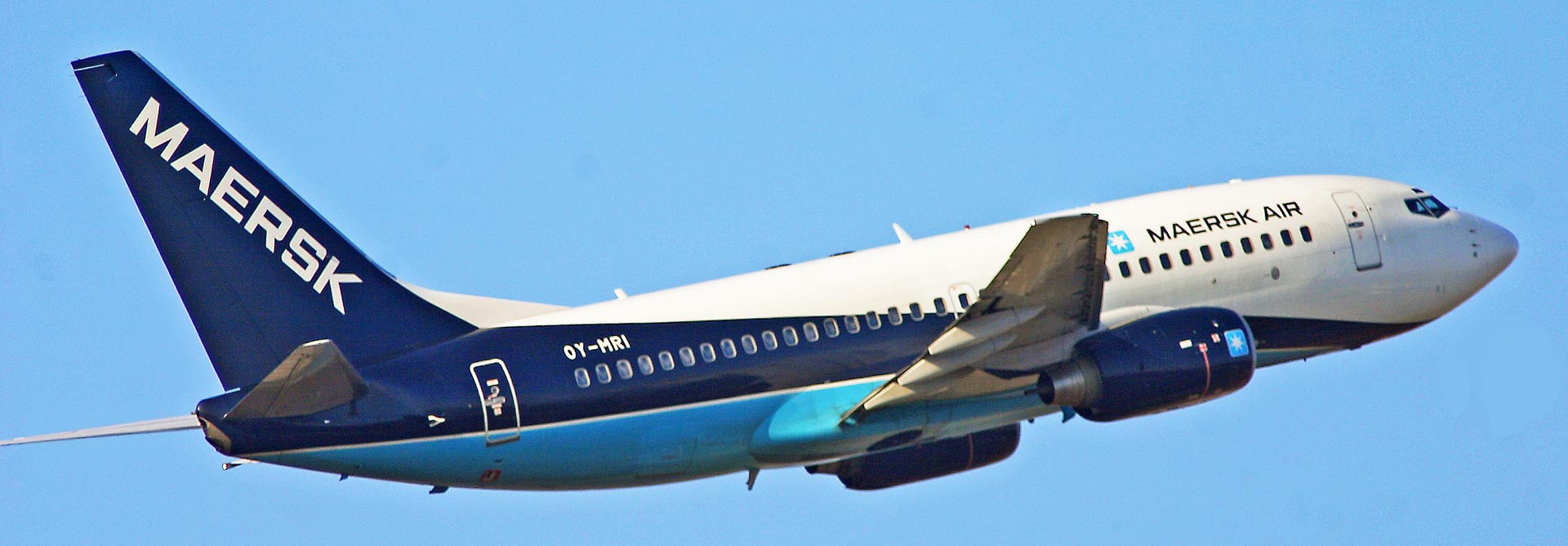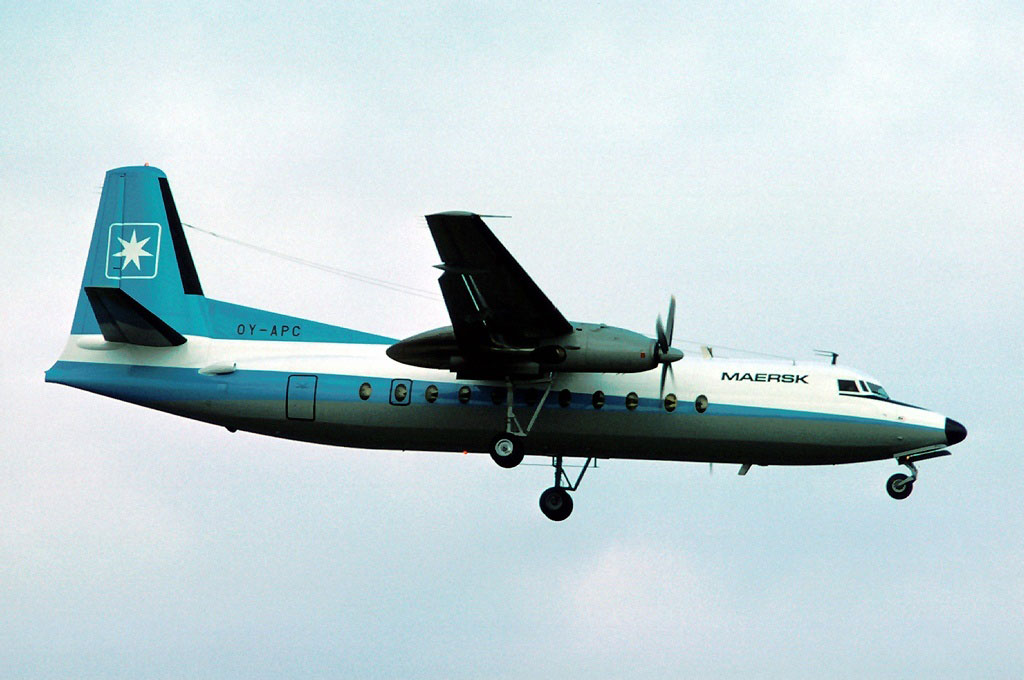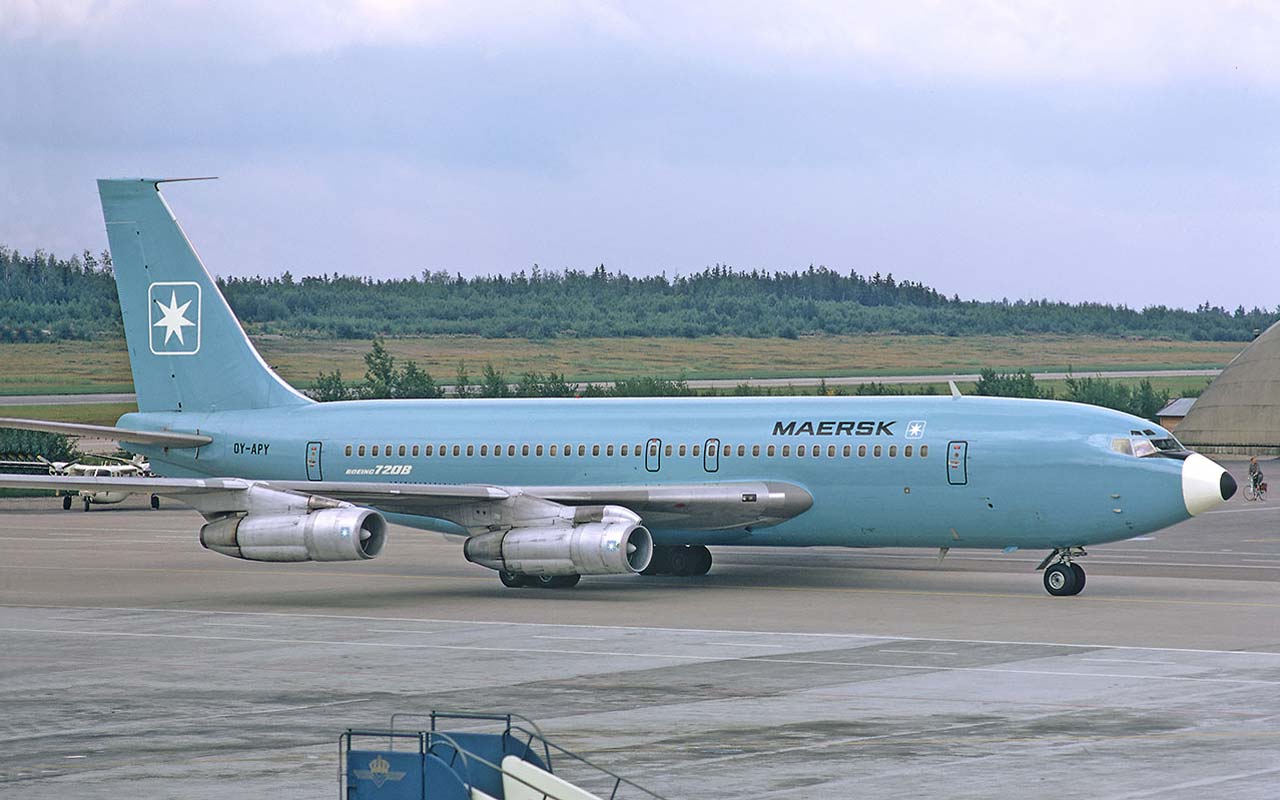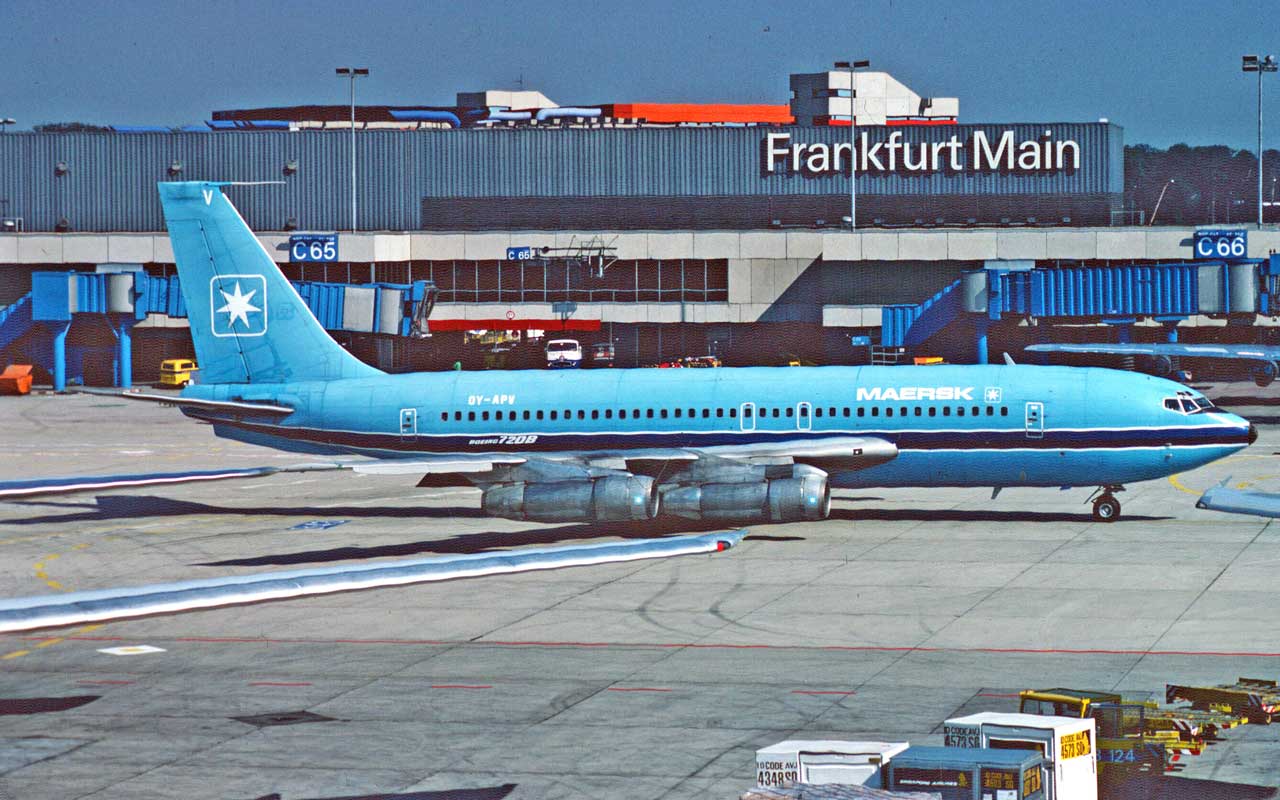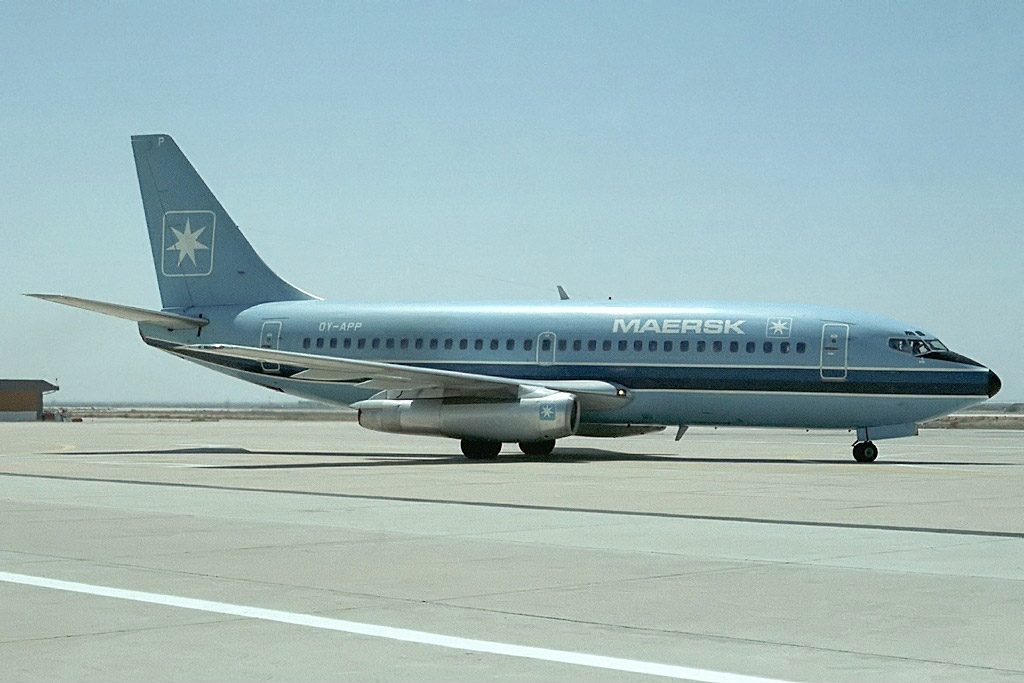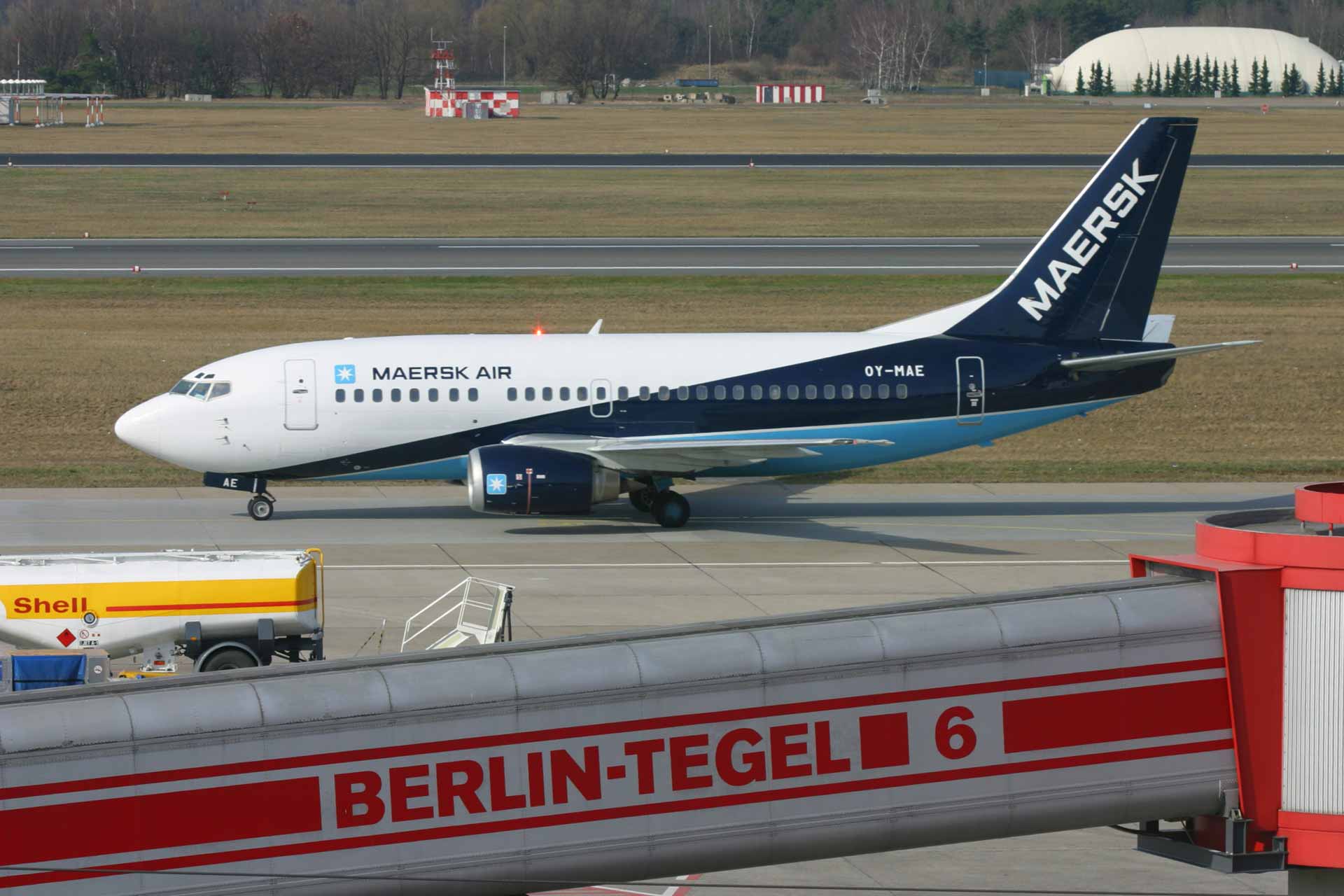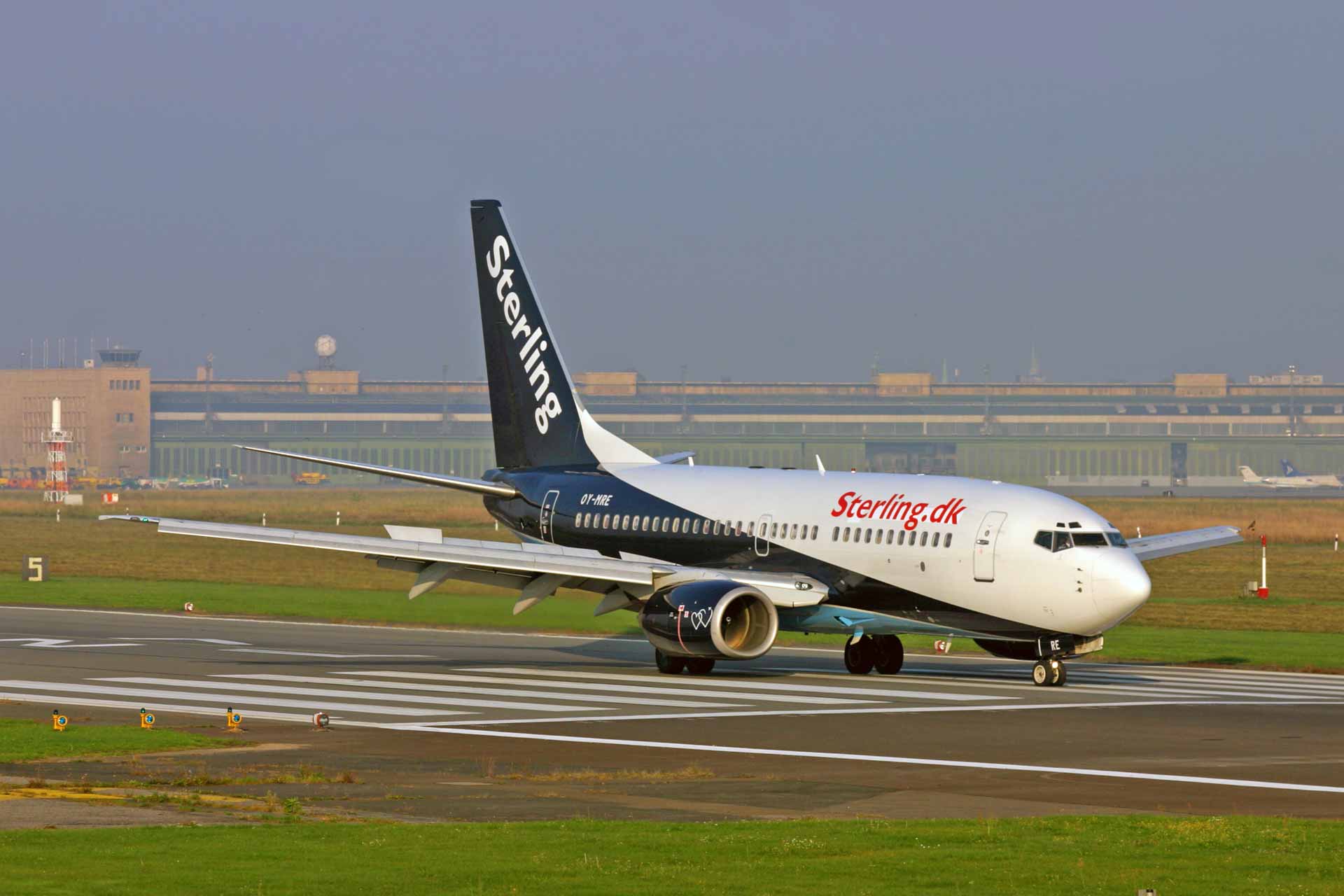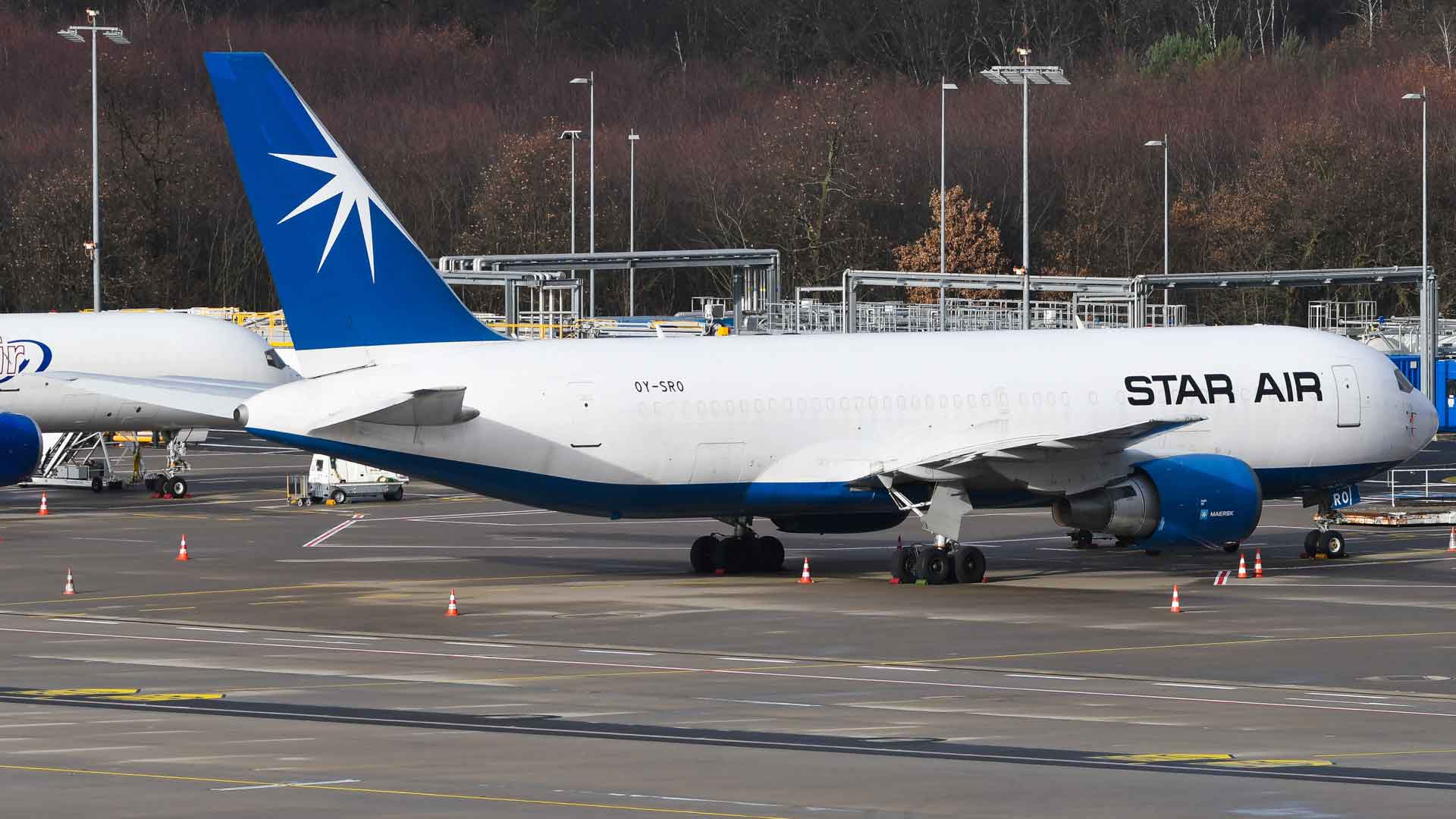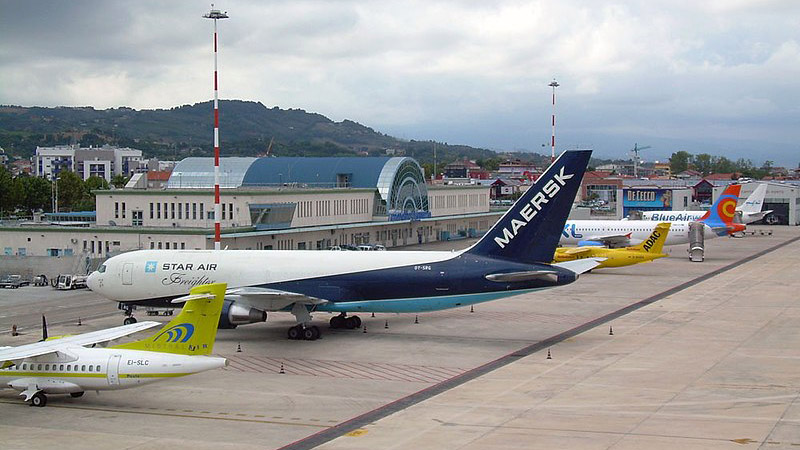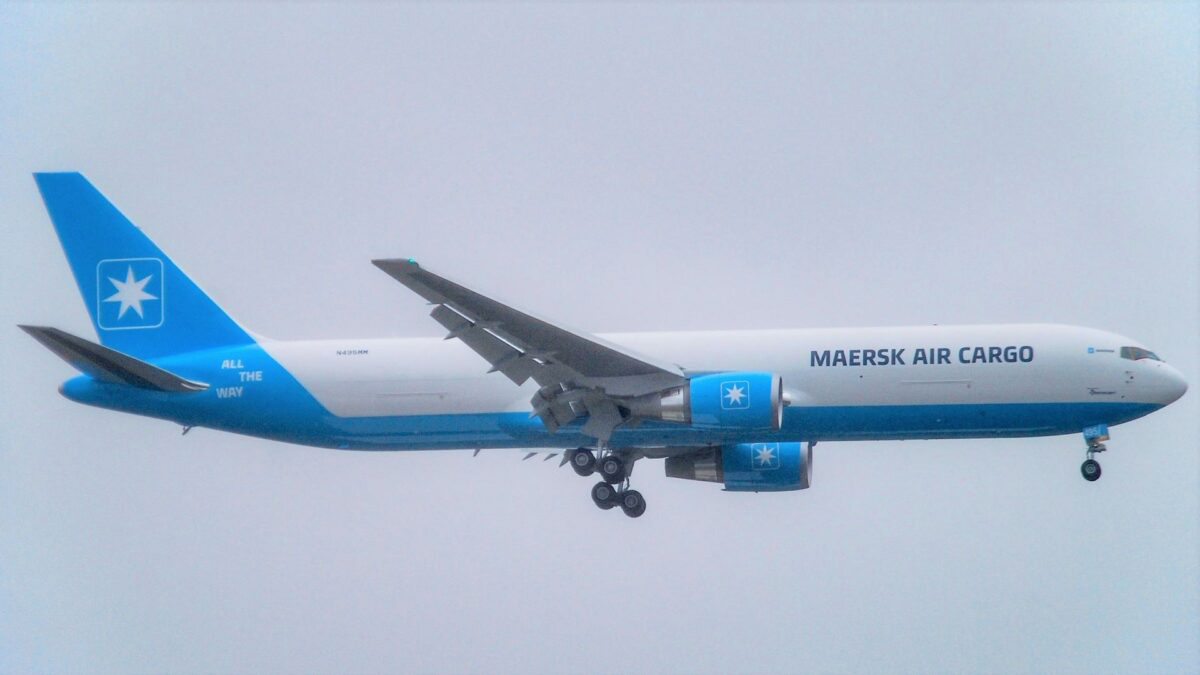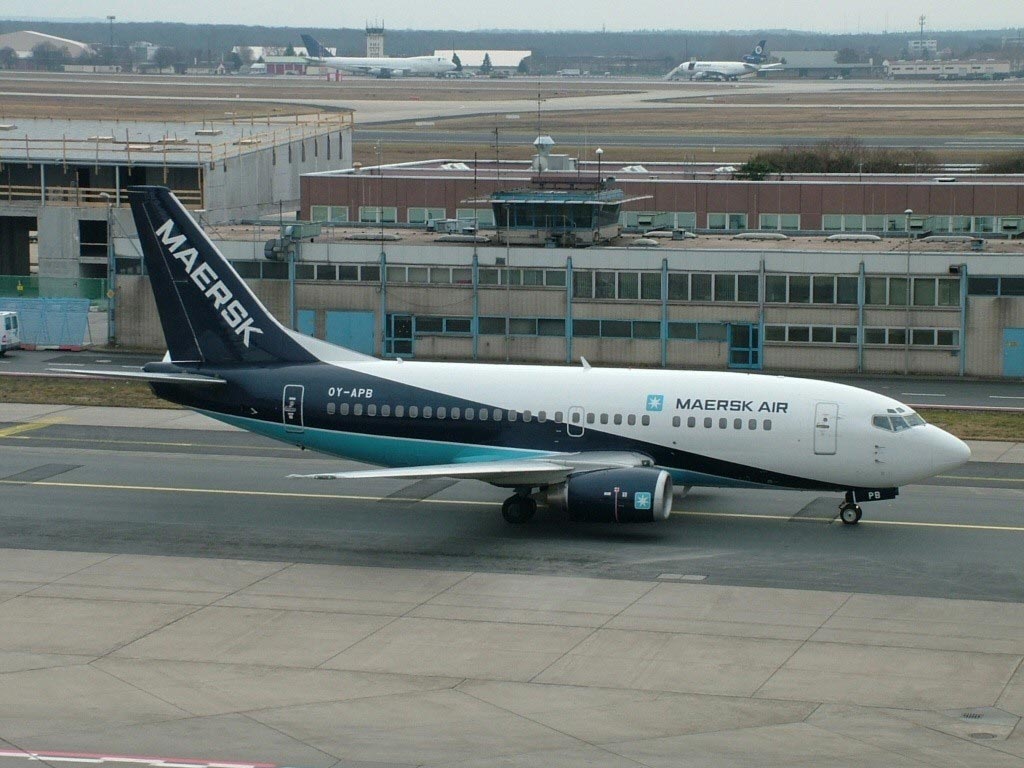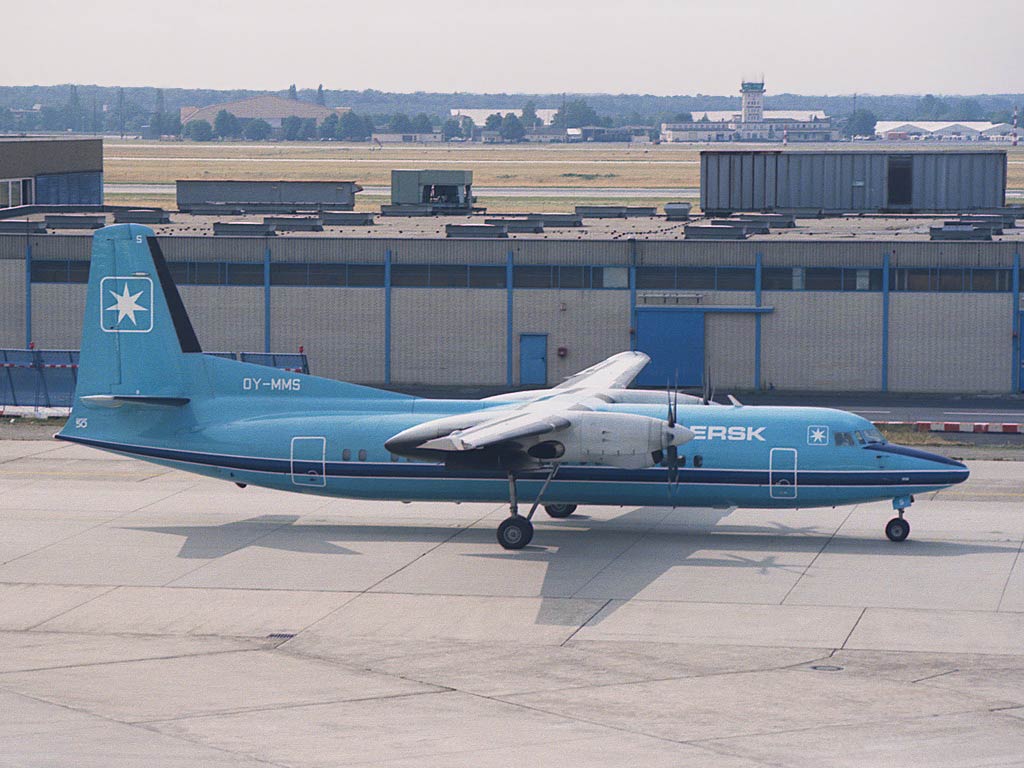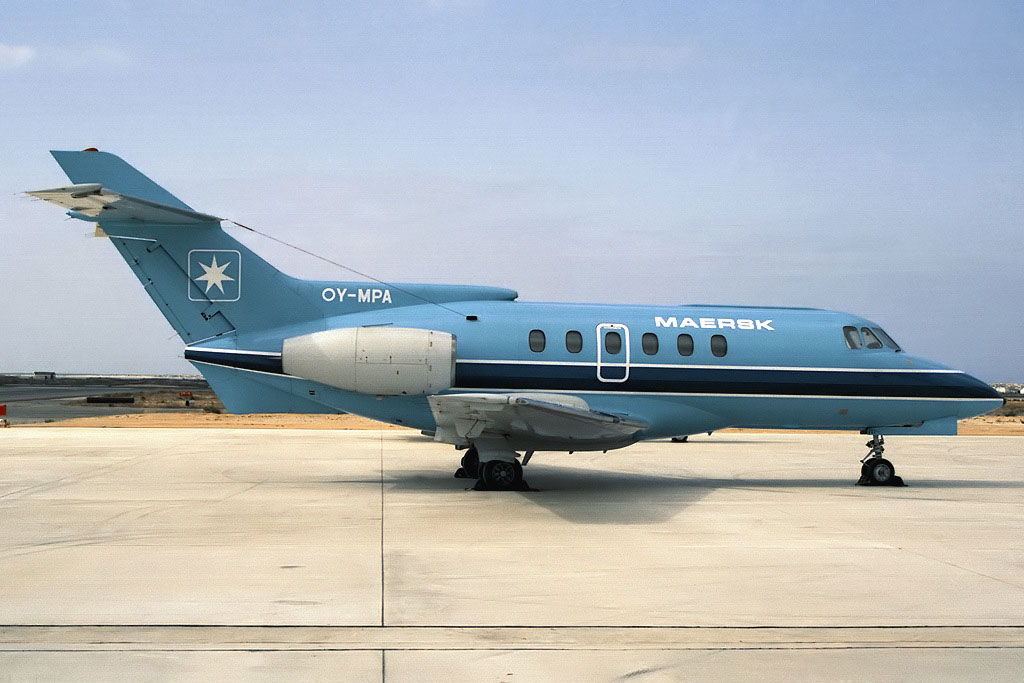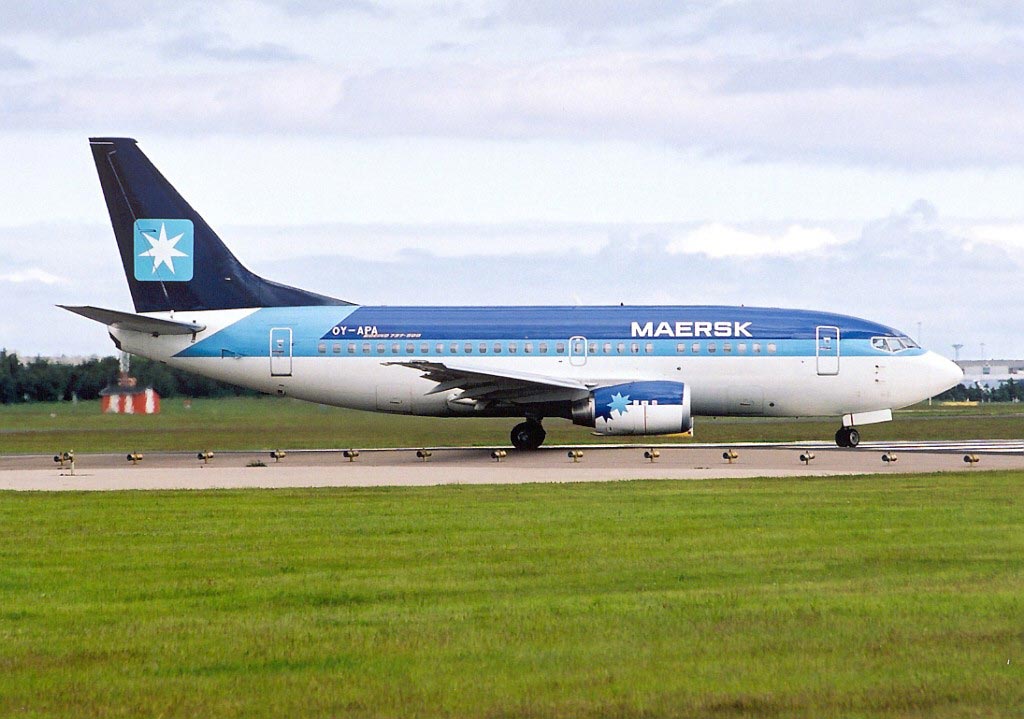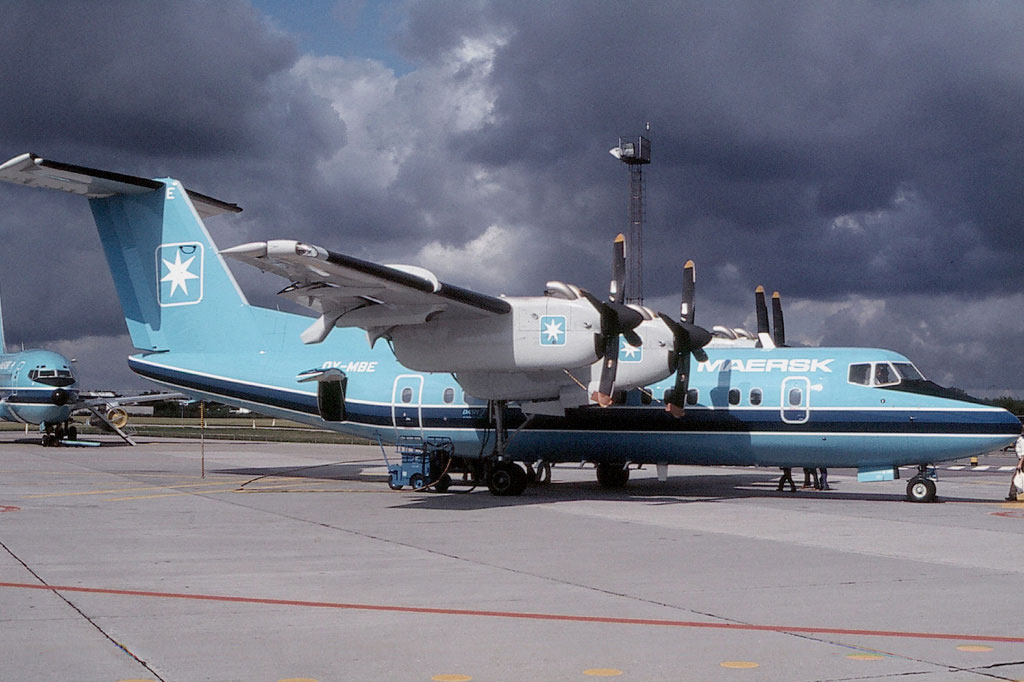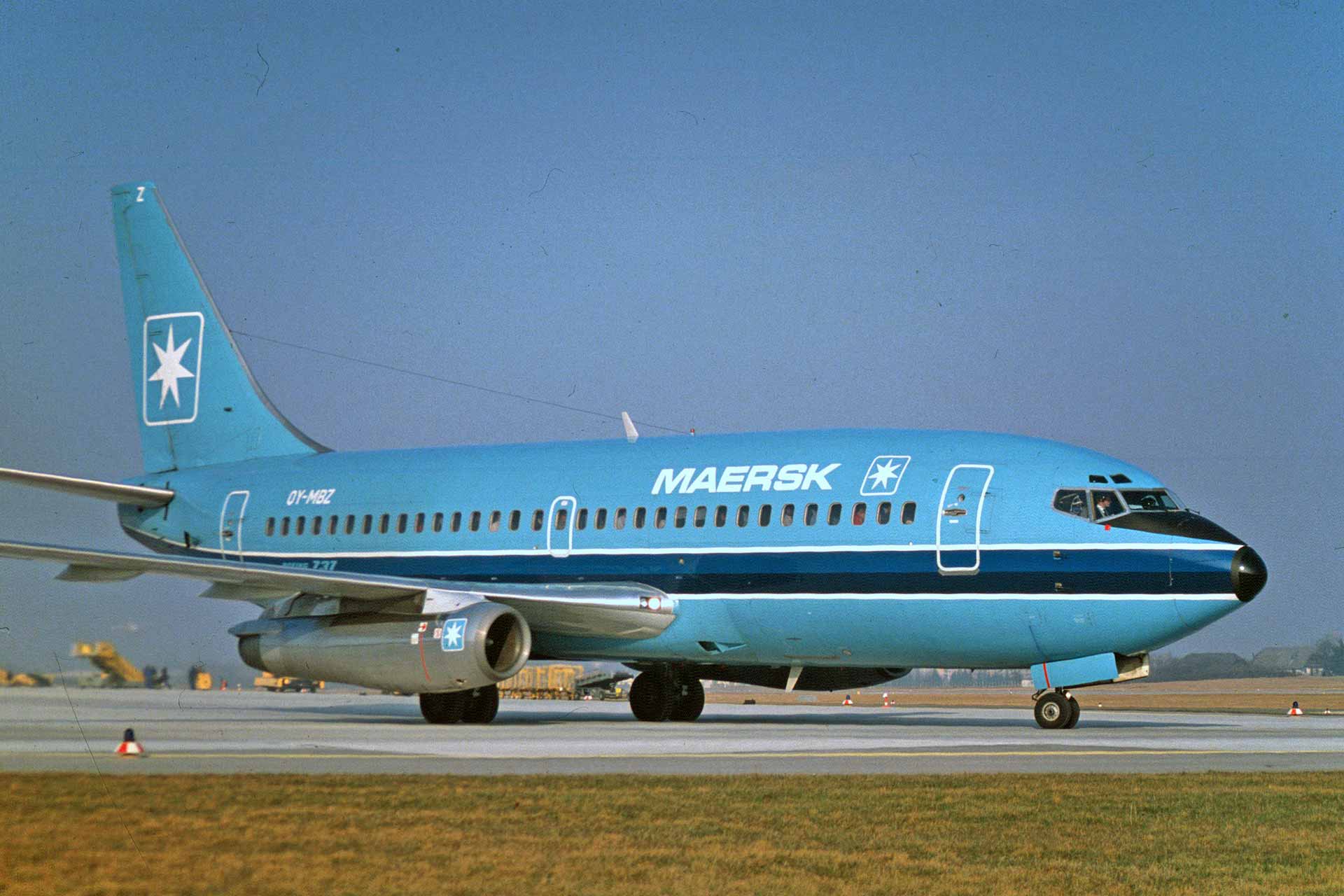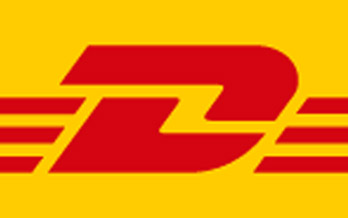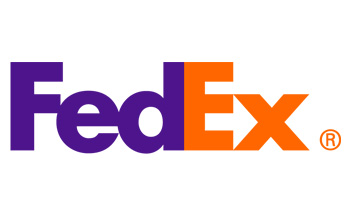Three airlines, one group
Maersk Air Cargo developed from a Danish shipping company into one of the largest cargo airlines in Europe. The combination of air freight and other modes of transport is what makes the Danish airline so successful.
In 1904, the A.P. Möller family founded the Maersk shipping company based in Copenhagen, from which an entire group of companies named A.P. Möller-Maersk (APM) quickly emerged. Its range of services included logistics, retail, shipping, shipbuilding and, from 1969, aviation. Since 1996, Maersk has been the largest shipping company in the world with more than 734 container ships. Maersk Air was founded 27 years earlier with its base at Copenhagen-Kastrup Airport through the takeover of Falck Air. In addition to its traditional services, Maersk Air was also to transport air cargo, and operations began with three Fokker F-27s in December 1970, with flights to Munich and London.
Three Fokker F-27s made up the first fleet members in 1970, deployed on cargo charters. Maersk did not have much luck at first; already in the early days, two F-27s were lost in accidents in Rönne, Bornholm, and Vagar on the Faroe Islands. Photo: Eduard Marmet_GNU
Entry into holiday tourism
This was followed in 1971 by the first domestic route to Vagar on the Faroe Islands and the establishment of Danair as the umbrella company for domestic air traffic in Denmark, which was served together with SAS and Cimber Air. In 1971, APM also took over the two tour operators Raffels Rejser and Bangs Rejser, and thus, the focus of activities finally shifted to holidaymaker traffic to European destinations around the Mediterranean and the South Atlantic. For this, however, aircraft other than the F-27 were needed, and thus, Maersk purchased three Boeing 720Bs from stocks of Northwest Airlines in the USA.
[1] In 1973, airline operations began to southern European holidaymaker destinations that were also popular in Scandinavia. Shown here is one of the three Boeing 720-051Bs acquired by Northwest Airlines in its first all-turquoise design, arriving at Stockholm’s Arlanda Airport. Photo: Lars Söderström_GNU
[2] Although confusingly similar to the 707, the Boeing 720 was a completely independently designed aircraft that took off on its maiden flight in November 1959. First put into service by United in July 1960, the 720 was designed as a high-performance medium-haul jet for “hot and high” airports, as well as for those with short runways. Photo: Aviation Archive Matthias Winkler.
Expansion of holiday flights
On March 31, 1973, almost exactly 60 years ago, the first flight was made from Copenhagen to the Greek island of Rhodes. On the one hand, the 720B was perfectly suited for the many short runways of tourist airports at that time due to its excellent range and, above all, its takeoff performance. On the other hand, however, its four thirsty P&W JT-3C turbofans made it very expensive to operate after the oil crisis. Three years later, Maersk was able to replace its four-jet planes with more modern Boeing 737-200Bs. When air traffic deregulation began in Europe in the early 1980s, Maersk was able to launch its first scheduled flights to Norway and England.
Starting in 1976, Maersk operated up to 14 Boeing 737-2L9/Adv. jets. The excellent all-round capabilities of the “Advanced” formed the basis of the success of the former “Baby Boeing”, which continues to this day. Photo: Pablo Aragao_CC
The end of passenger traffic
This was followed by a number of other regional services operated by Bombardier Dash-7s and Fokker F-50s, among others, but like Hapag-Lloyd in Germany, the Danish managers had somehow lost interest in the demanding operation of an airline, particularly because the intended purpose of the company’s own cargo activities did not really materialize. In 2005, the decision was made to sell the airline subsidiary to an Icelandic investment company, which was merged with the other airline subsidiary Sterling in 2006 to form Sterling Airlines. However, the financial crisis of 2008 then not only brought about the end of the Icelandic FL Group as the principal, but almost caused an entire state bankruptcy in Iceland. Flight operations were discontinued and all naming rights were sold to Cimber Air, which was also Danish, but also went bankrupt in 2012.
[1] Berlin’s second city airport Tegel is also history today, just like this Boeing 737-5L9 of Maersk Air is. The photo was taken in 2005 shortly before the forced merger of Maersk with Sterling Airlines.
[2] Maersk was merged with Sterling Airlines in 2005 by its new owner from Iceland. Still in its last hybrid livery, a Boeing 737-7L9 is shown here at the legendary Berlin-Tempelhof airport, which closed in October 2008. In the same year, Sterling Airlines also had to cease operations. Both Photos: Luftfahrtarchiv Matthias Winkler
Star Air
After Maersk Air had increasingly turned its attention to passenger traffic, the Group’s management decided as early as 1987 to establish another airline subsidiary dedicated exclusively to cargo traffic. The airline was based in Dragör on the Öresund, just twelve kilometers from Copenhagen, and Copenhagen-Kastrup Airport became its base. Operations began with three leased Fokker F-27s, which were used exclusively on wet lease for other integrators such as FedEx, TNT, and UPS. The company did not establish a service network of its own.
But even in this case, operations again shifted toward passenger service, which eventually led to Star Air selling the Fokkers to Maersk Air and itself signing on as a franchisee for United Parcel Services (UPS) in 1993, initially using two Boeing 727-100Fs to begin operations out of Germany’s Cologne-Bonn Airport, which had already become Germany’s second-largest cargo airport. In 1996, Star Air replaced the F-27s and 727s in favor of four Boeing 757-200Fs, which were used exclusively for UPS. In 2003, Star Air and UPS entered into a new ten-year contract under which the 757s were returned and replaced by twelve 767-200BDSFs (Bedek Special Freighters) converted to cargo jets. They were all leased from GE Capital Aviation Services (GECAS) based in the USA, and came from a wide variety of original sources. Most of these jets were again stationed at the UPS hub in Cologne/Bonn. As of 2014, Star Air operated as an independently operating subsidiary of A.P. Möller-Maersk with a corresponding livery. But the aviation industry is extremely volatile, and thus, the Danish group reorganized its airline again in 2022.
[1] Twelve Boeing 767-200BDSFs are stationed in Cologne/Bonn to this day. Those who want to see them, however, have to be night-active. Life there also only rages in the dark; by dawn, all the planes, including those of the former Star Air and today’s Maersk Air Cargo, have taken off again, heading for the rest of the world. Photo: Maersk
[2] Since 2003, Maersk subsidiary Star Air operated twelve Boeing 767-200BDSFs for UPS from its Cologne/Bonn hub until the parent company renamed the airline Maersk Air Cargo in 2022. Shown here is one at the airport in the Italian city of Pescara. Photo: Pescafab_CC
Maersk Air Cargo
The purpose of the new or rather re-dedication was the concept of an integrated logistics network, as had been learned from the cooperation with UPS. The new cargo airline was based at Denmark’s second-largest airport, Billund, home of the global company Lego, for which the company had already executed a number of high-profile orders. Around one third of the existing capacity is to be used for the airline’s own cargo network, while two thirds will continue to be available for other integrators such as UPS or sub-charters. The fleet currently consists of the familiar twelve Boeing 767-200BDSFs and eight additional 767-300ER/Fs, which are also operated from the USA to South Korea and Japan. This makes Maersk Air Cargo one of the largest cargo airlines in Europe. The new company also saw the return of the traditional turquoise livery with the Maersk logo on the tail units.

